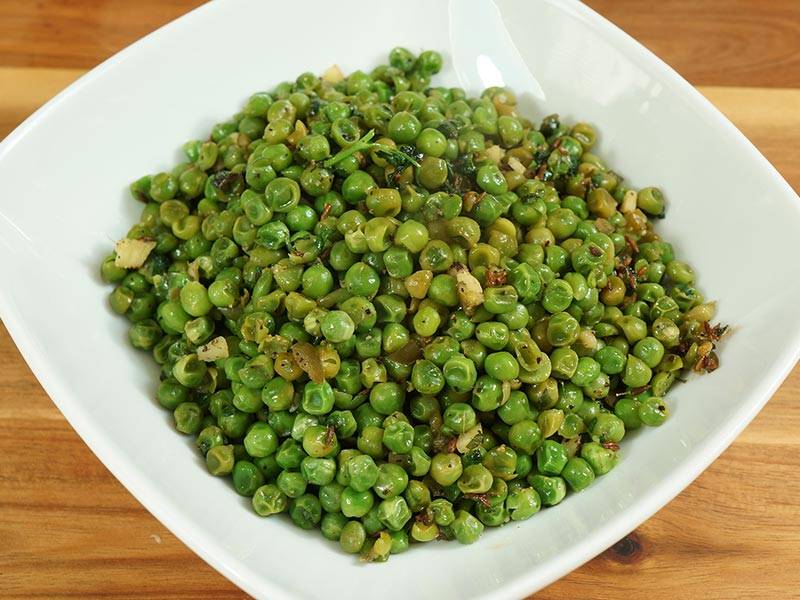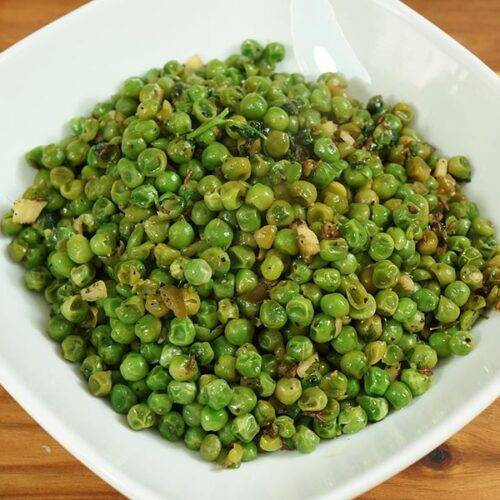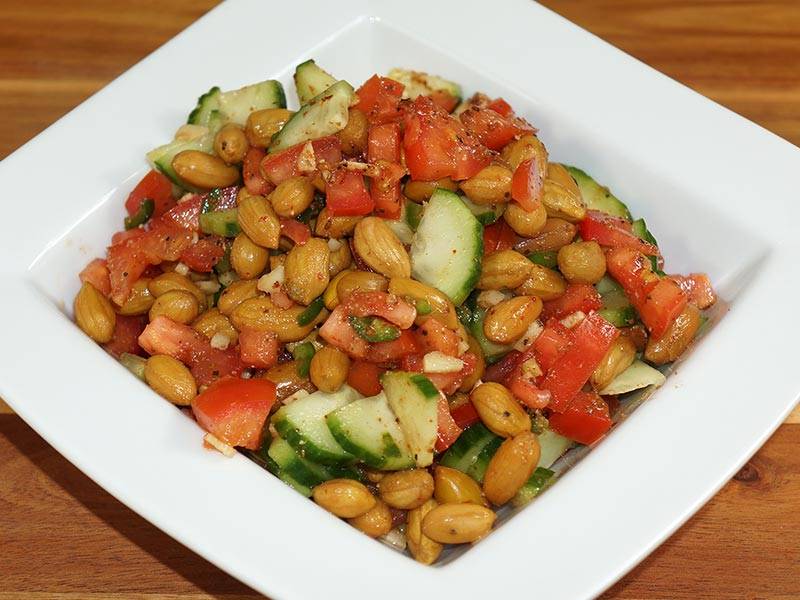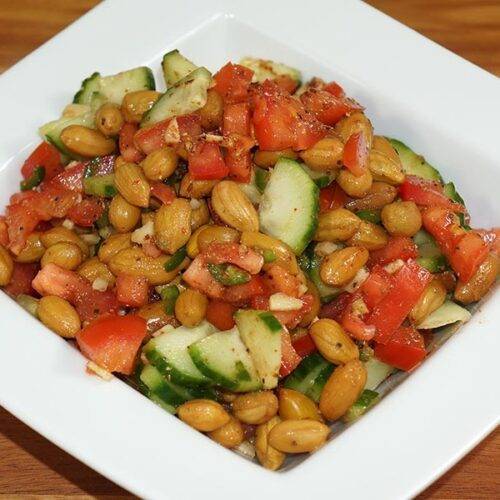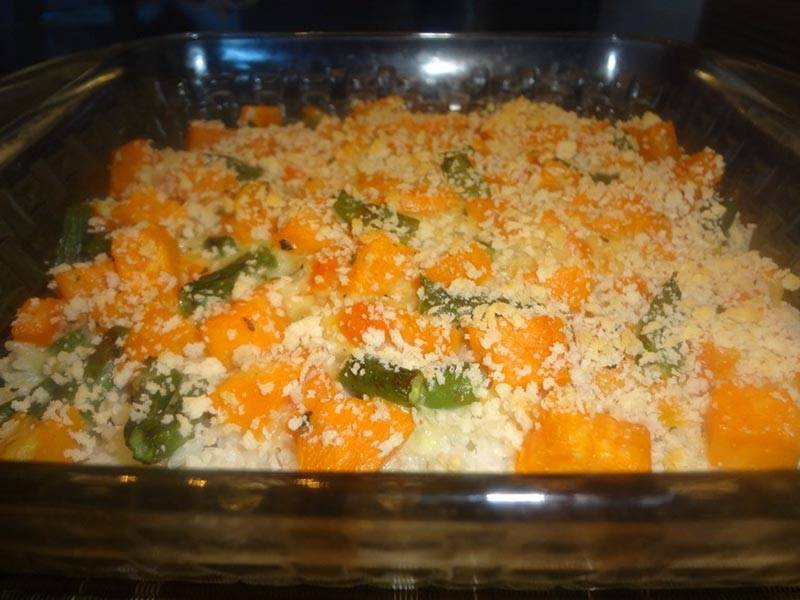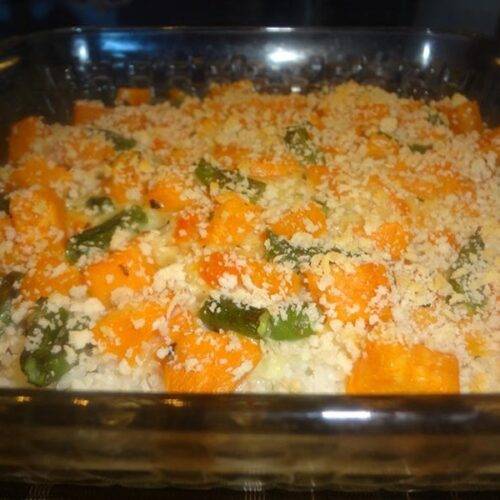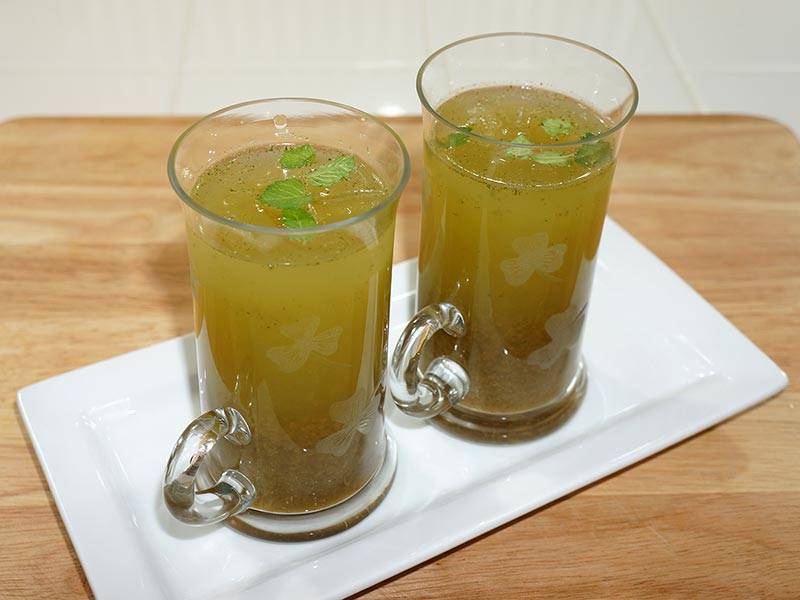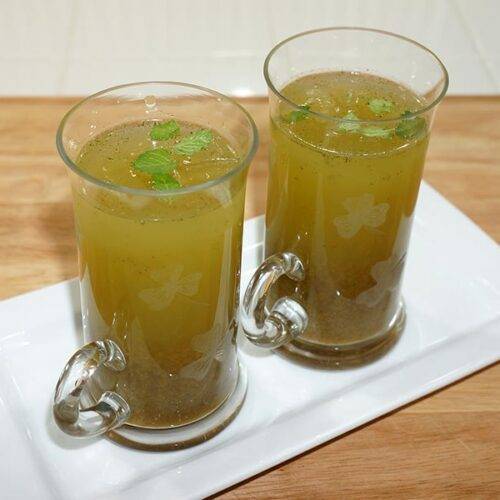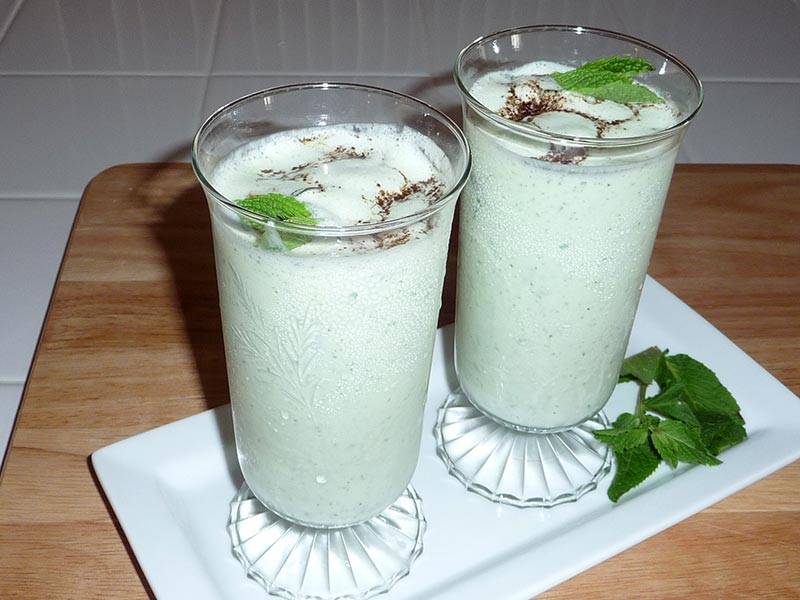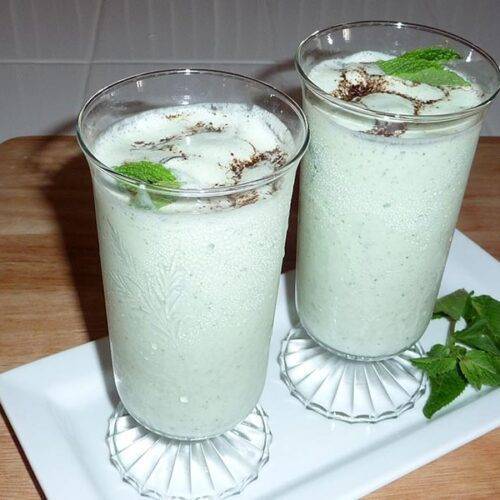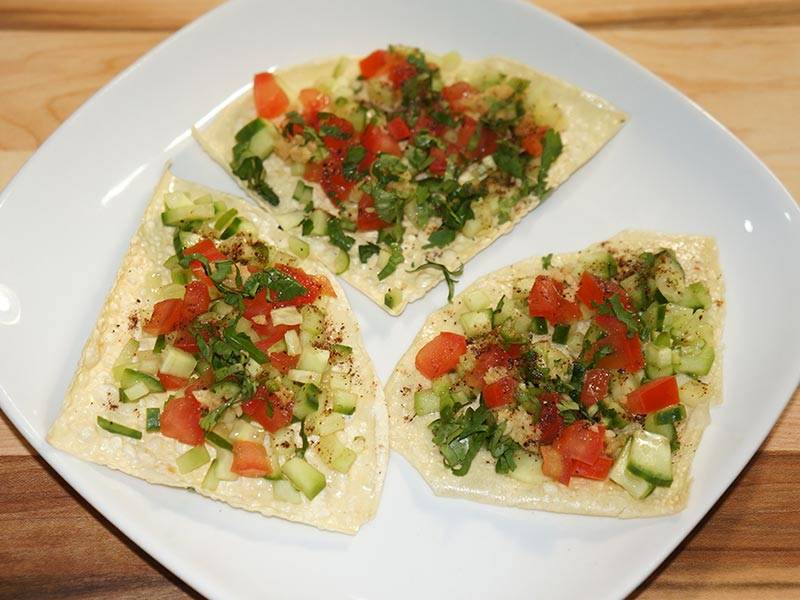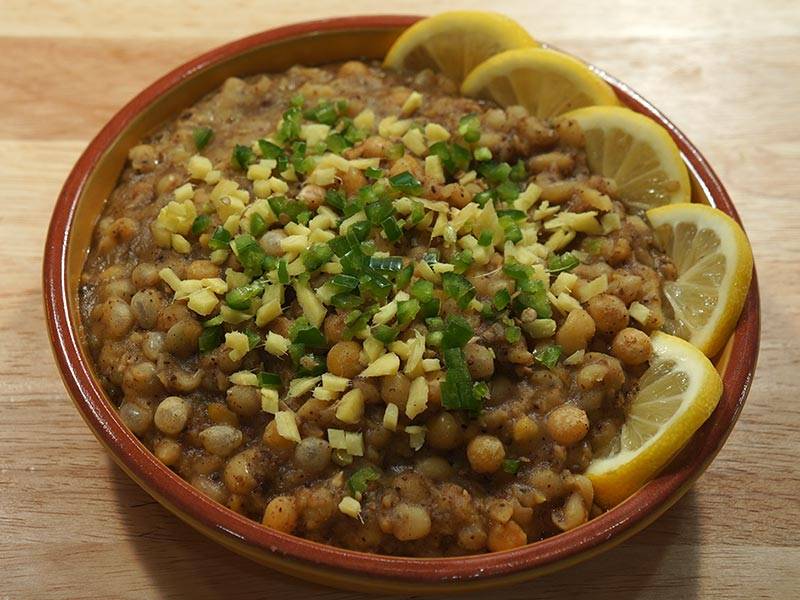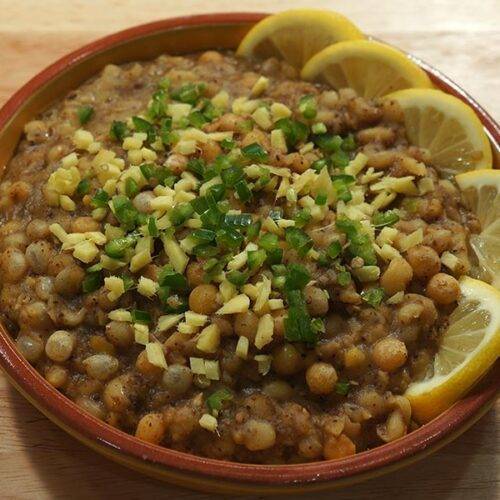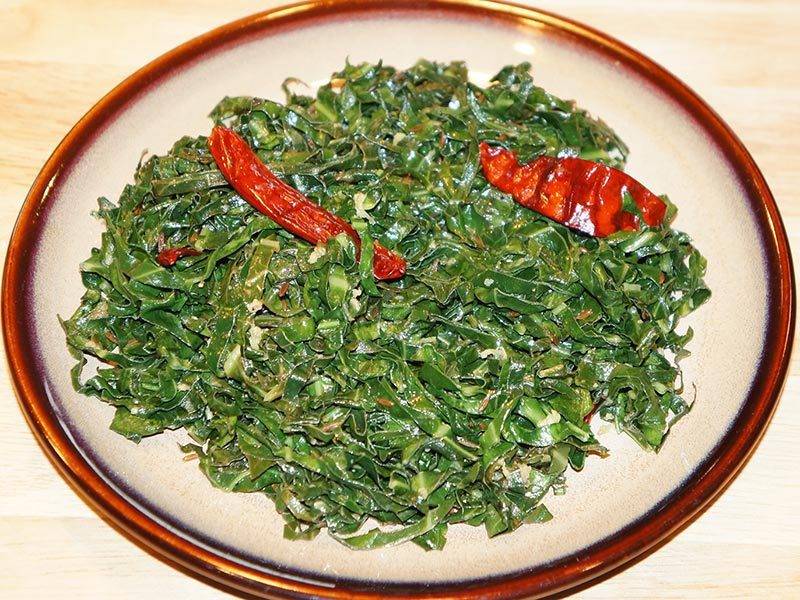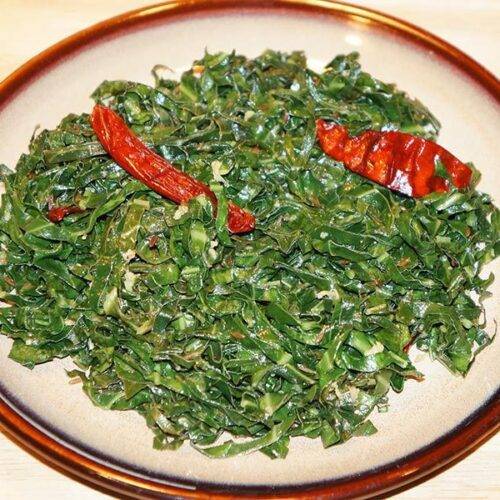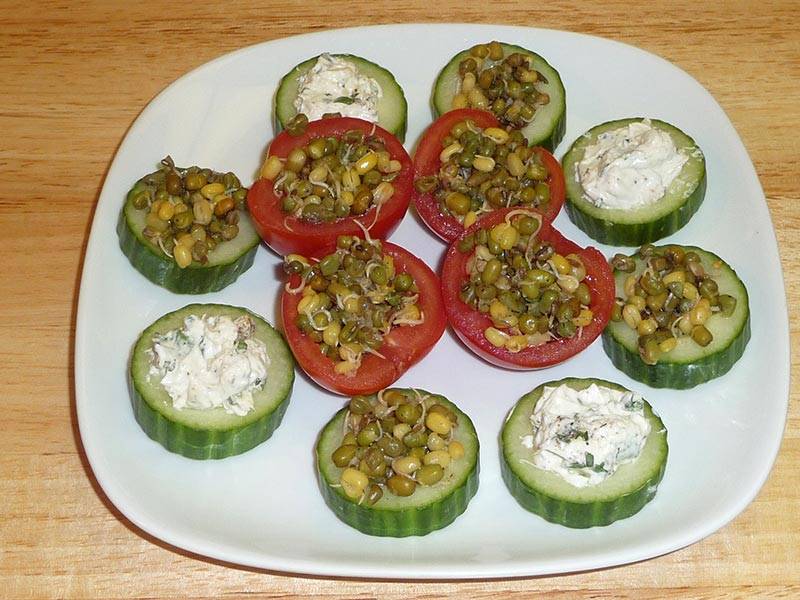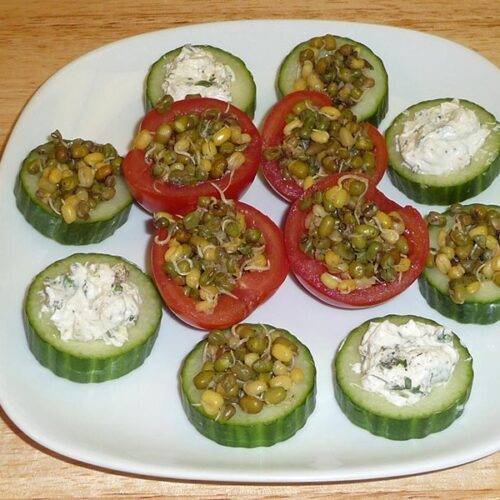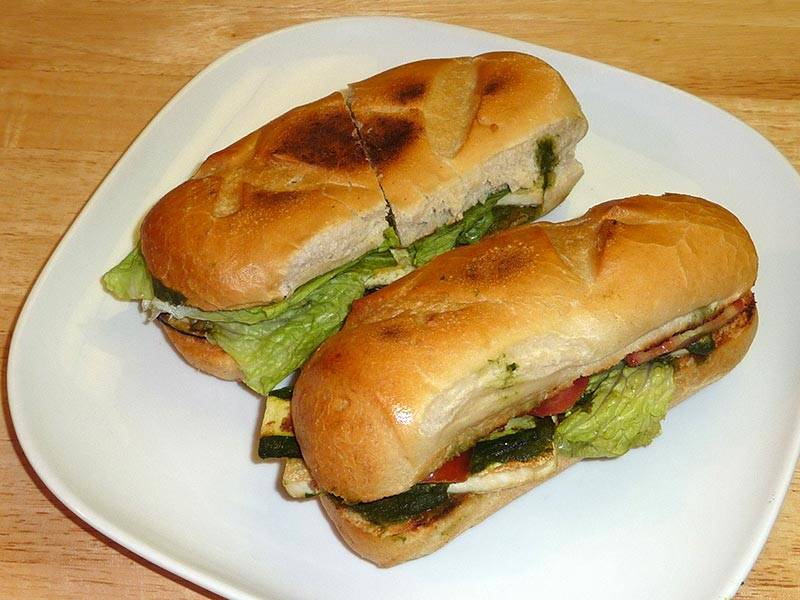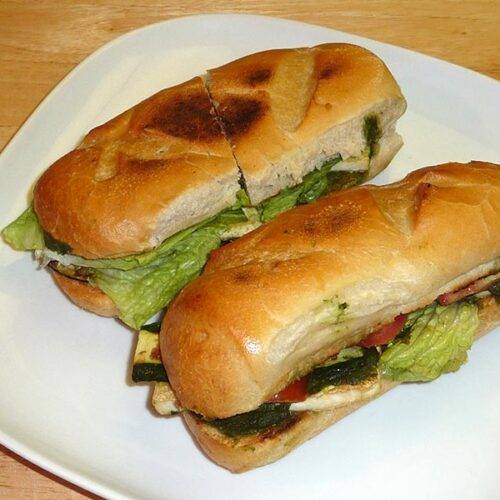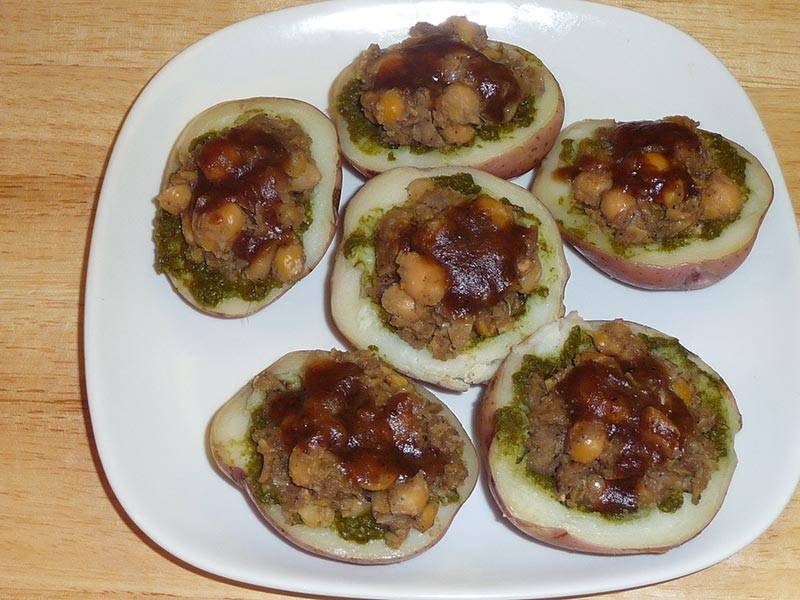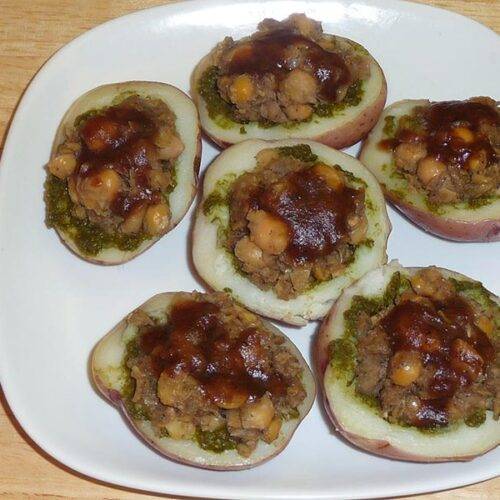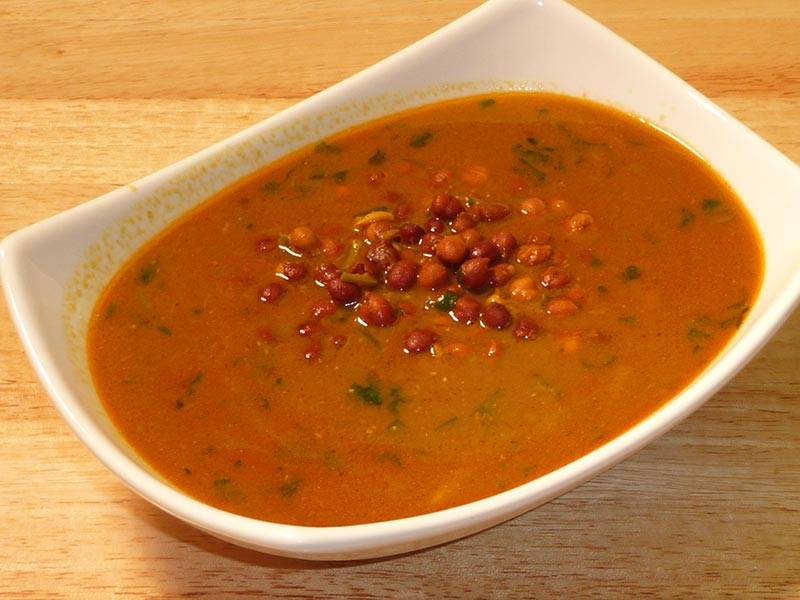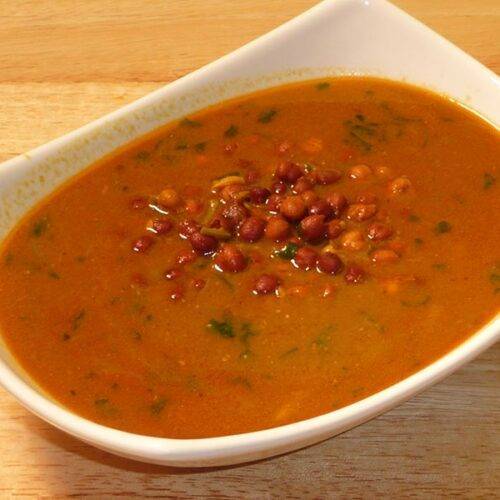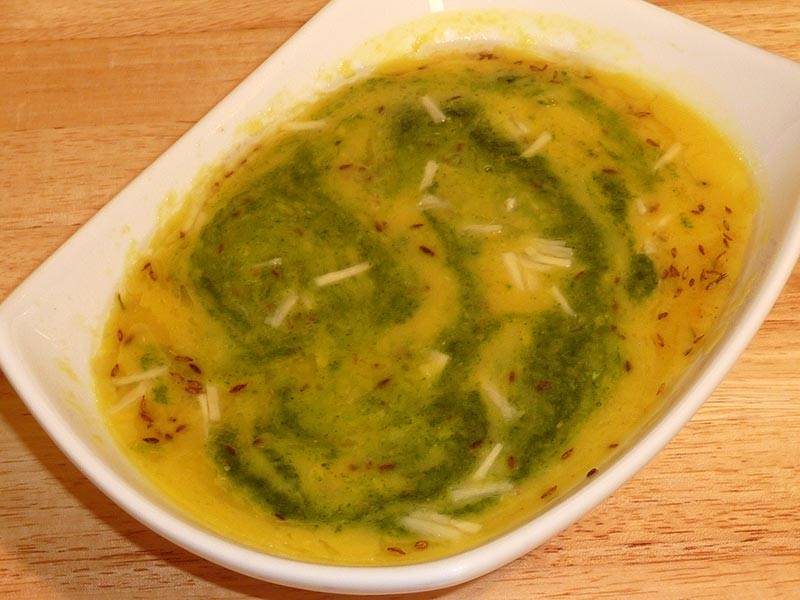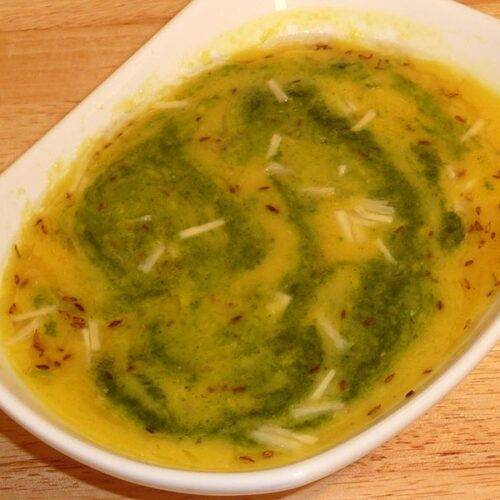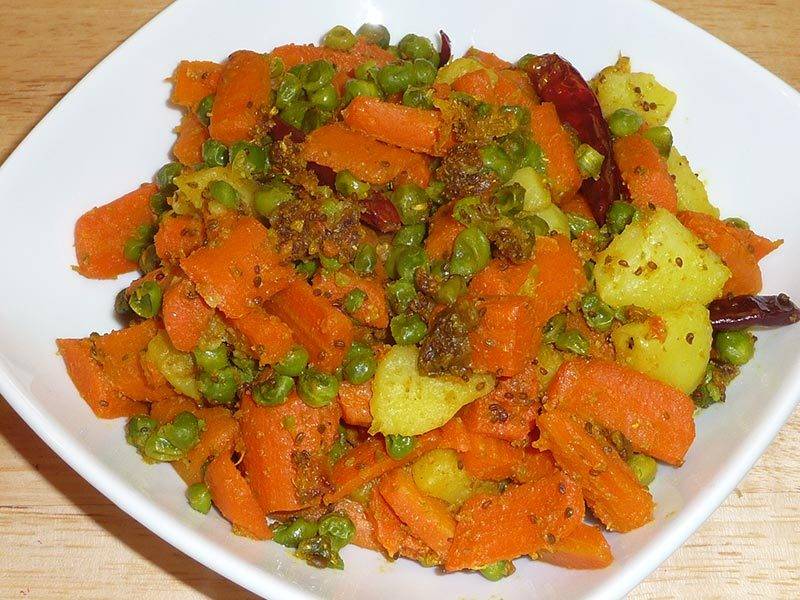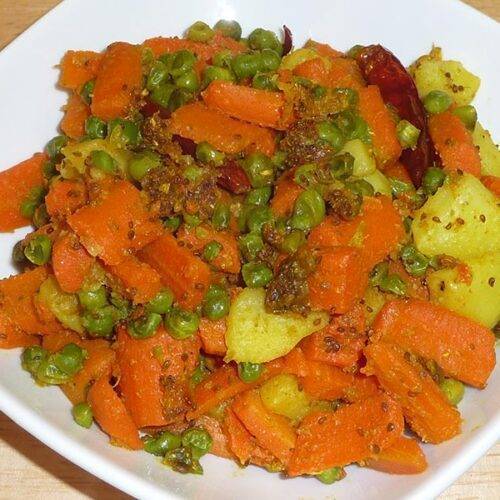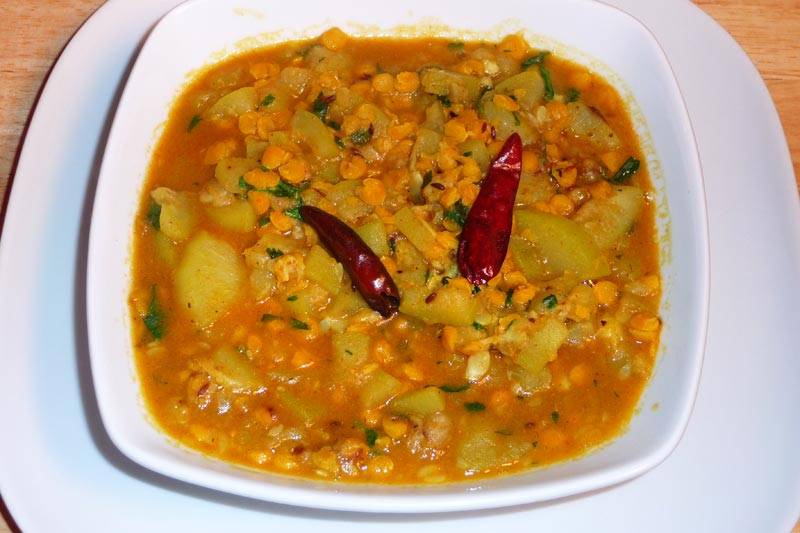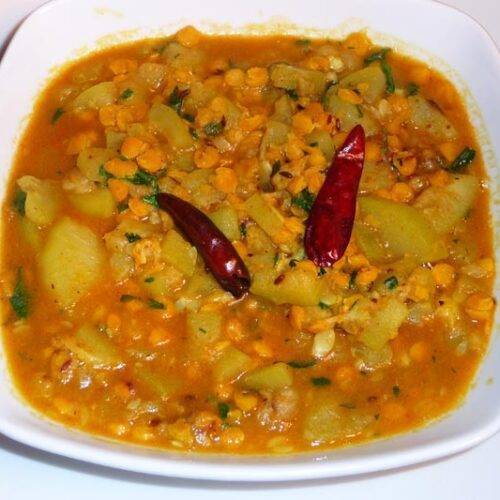Spicy Green Peas
Ingredients
- 3 cups green peas, frozen preferred baby peas
- 1-1/2 tbsp oil
- 3/4 tsp cumin seeds jeera
- 2 tsp ginger chopped
- 1-1/2 tsp green chili chopped
- 1 tsp salt
- 1/4 tsp black pepper
- 2 tbsp cilantro chopped hara dhania
- 2 tsp lemon juice
Instructions
- Thaw the peas and pat dry.
- Heat the oil in a saucepan over medium-high heat. Test the heat by adding one cumin seed to the oil. If the cumin seed cracks right away, the oil is ready. Add cumin seeds as they crack add green chili and ginger, stir for few second add green peas and salt.
- Cook for about 4-5 minutes string occasionally, till peas are tender. Add black pepper and cilantro mix it well.
- Turn off the heat and squeeze the lemon juice over and stir.Spicy green peas are ready to serve!
Notes
Spicy Green Peas Masala Recipe
Spicy Green Peas Masala is a delectable dish that combines the freshness of green peas with a fiery kick of spices. It’s perfect for those seeking appetizers or snacks that are gluten-free, low in fat, and vegan-friendly. This quick and easy recipe involves sautéing green peas along with a blend of aromatic spices. The result is a flavorful dish bursting with the natural goodness of vegetables, making it a healthy and satisfying choice for any occasion. If you’re looking for an enticing and flavorful dish to tantalize your taste buds, this spicy green peas masala recipe is just what you need. Bursting with aromatic spices and the freshness of green peas, this dish is a delightful treat for both spice enthusiasts and lovers of comfort food. Let’s dive into the steps of how to make this irresistible spicy green pea masala.
Step 1: Preparing the Ingredients
Before diving into the cooking process, gather all the necessary ingredients. You’ll need fresh or frozen green peas, tomatoes, ginger, green chilies, and a blend of spices including cumin, coriander, turmeric, and garam masala. Make sure to have some oil on hand for sautéing.
Step 2: Sautéing the Aromatics
Heat some oil in a pan over medium heat. Add ginger, and green chilies to the pan. Sauté them until they turn golden brown and release their aromatic flavors. This forms the flavorful base of our spicy green pea masala.
Step 3: Adding the Spice Mix
Once the aromatics are nicely sautéed, it’s time to add the spice mix. Sprinkle in the ground cumin, coriander, turmeric, and garam masala. Stir the spices well evenly, allowing them to toast slightly and develop a rich, deep flavor profile.
Step 4: Introducing the Green Peas
Now, it’s time to add the star ingredient: the green peas. Whether you’re using fresh peas or frozen ones, toss them into the pan and mix them thoroughly with the spice-infused mixture. Let the peas cook for a few minutes, allowing them to absorb all the wonderful flavors.
Step 5: Simmering with Tomatoes
Next, add diced tomatoes to the pan. Tomatoes not only add a tangy sweetness to the dish but also contribute to its vibrant color. Stir everything together and let the mixture simmer gently, allowing the tomatoes to soften and meld with the other ingredients.
Step 6: Adjusting Seasonings
Taste the spicy green peas masala and adjust the seasonings according to your preferences. If you prefer it spicier, you can add more green chilies or a pinch of red chili powder. For extra richness, you can sprinkle in some cream or coconut milk.
Step 7: Garnishing and Serving
Once the flavors have melded beautifully and the green peas are tender, garnish the dish with freshly chopped cilantro leaves. This adds a burst of freshness and color to the dish. Serve the spicy green peas masala hot with rice, roti, or naan for a satisfying meal that’s sure to impress.
Variations:
- For a creamier texture, you can blend a portion of the cooked green peas masala to create a thick gravy.
- Add diced potatoes or paneer cubes along with the green peas for an extra layer of flavor and texture.
- Experiment with different spices and herbs to customize the dish according to your taste preferences.
Benefits:
- Green peas are a good source of vitamins, minerals, and fiber, making this dish not only delicious but also nutritious.
- The spices used in this recipe, such as turmeric and cumin, are known for their anti-inflammatory and digestive properties.
FAQs:
Can I use canned peas instead of fresh or frozen ones?
- While fresh or frozen peas are recommended for the best flavor and texture, you can use canned peas if that’s what you have on hand. Just make sure to drain and rinse them before adding them to the dish.
Is this dish suitable for vegetarians and vegans?
- Yes, this spicy green peas masala recipe is entirely plant-based and suitable for both vegetarians and vegans. Just make sure to use oil instead of ghee for a vegan-friendly version.
Can I make this dish ahead of time?
- Yes, you can prepare the spicy green peas masala ahead of time and store it in the refrigerator for a few days. Simply reheat it gently on the stovetop or in the microwave before serving.
For more delightful recipes like this one, explore other offerings in Manjula’s Kitchen, such as Paneer Tikka Masala, Chole (Chickpea Curry), and Aloo Gobi (Potato Cauliflower).

